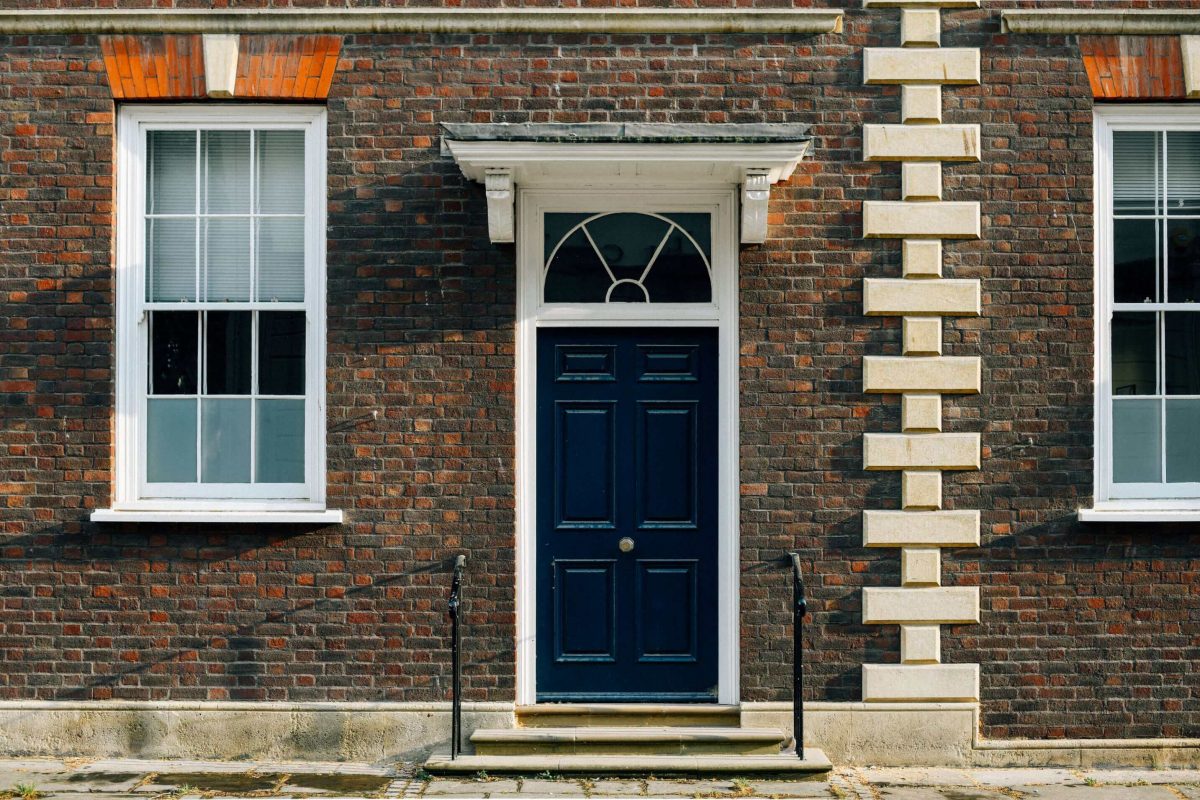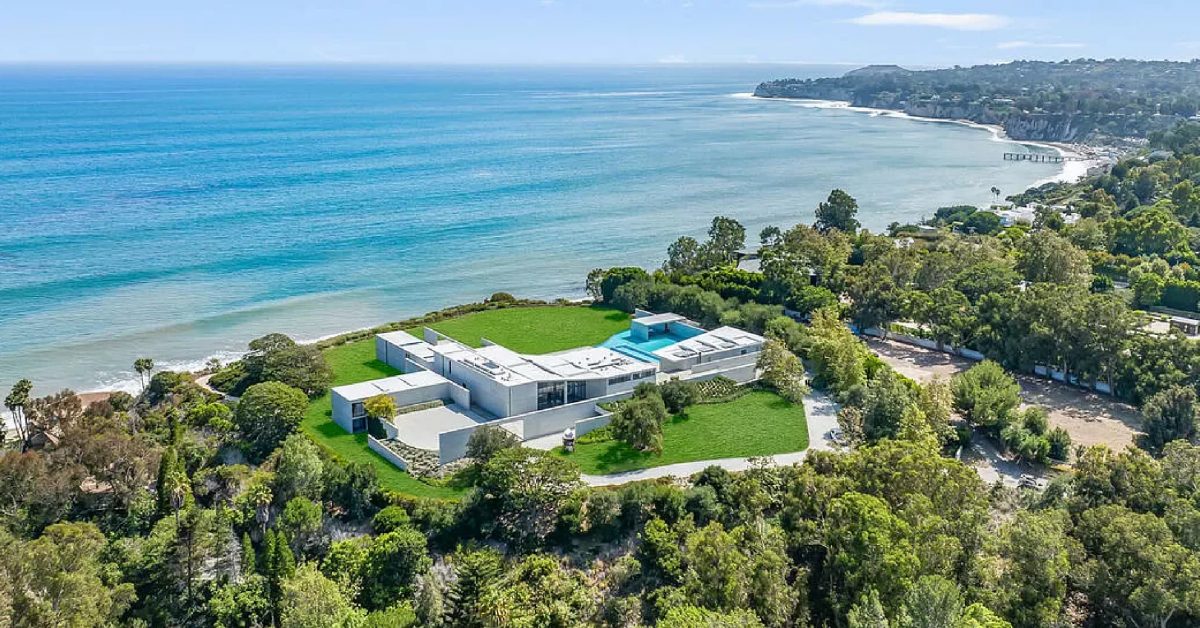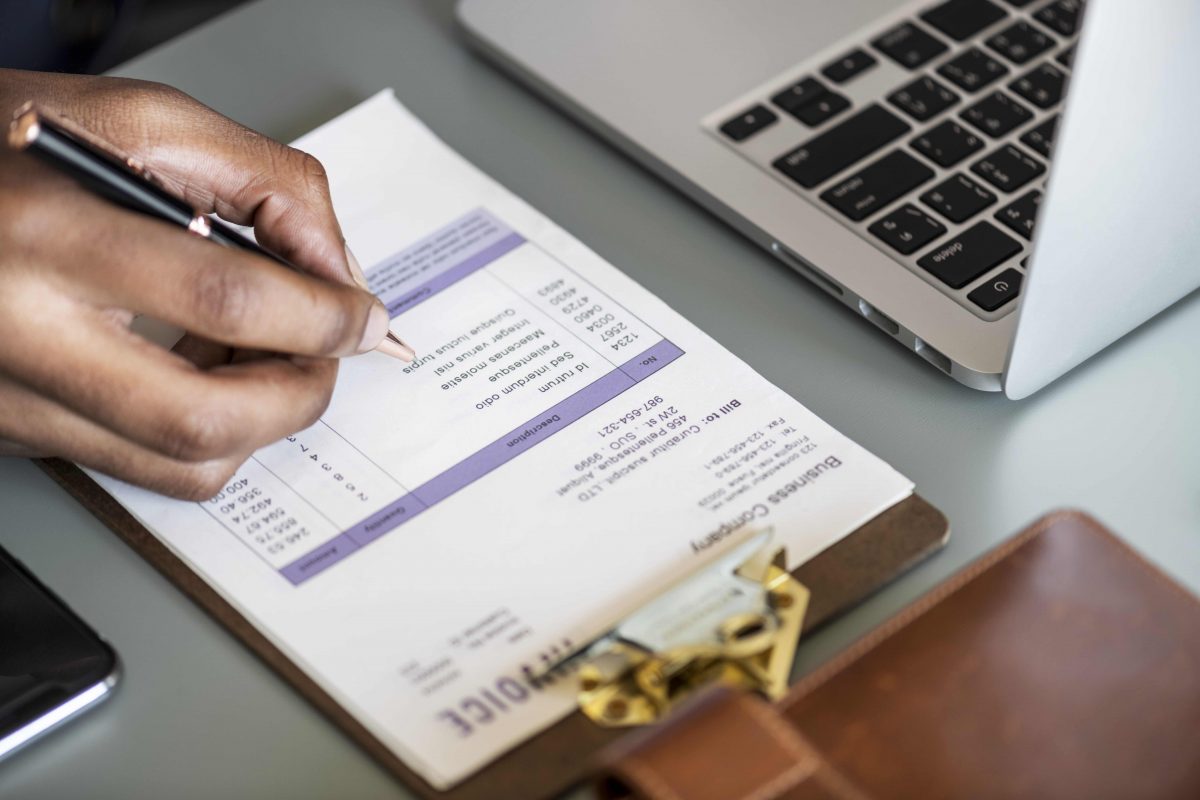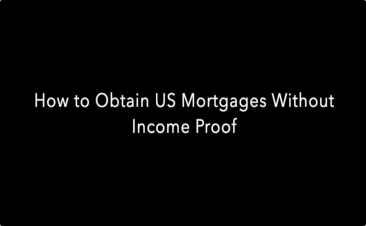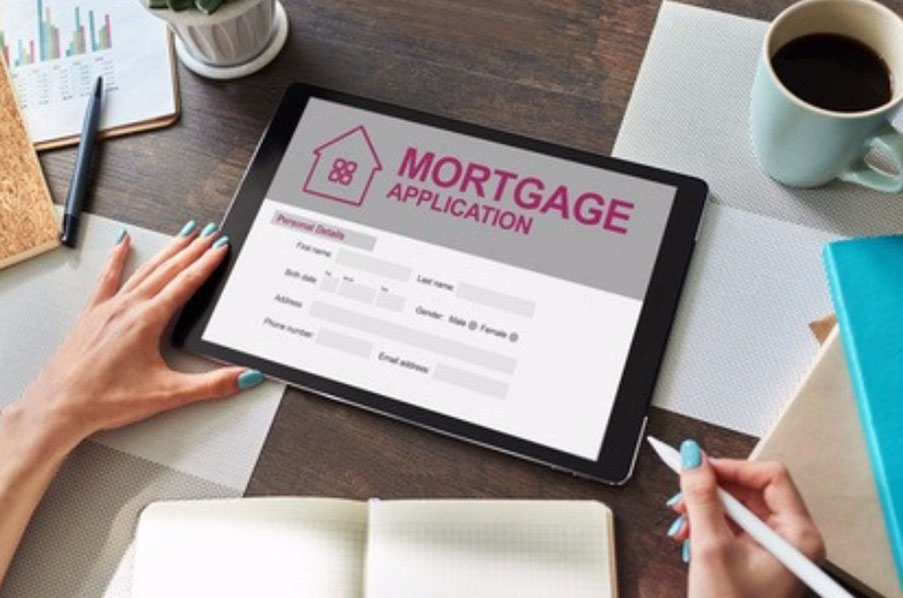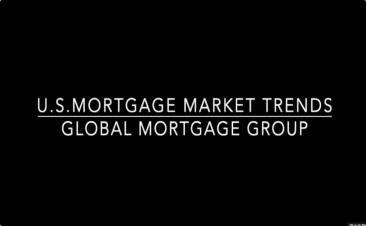Your down payment is the first payment you make on your mortgage loan. For example, if your house is worth $150,000, the lender requires you to pay a portion of that price upfront, called the down payment. Typically, it could be anything between 20% to 50% of the asset's price. So, at 20%, you have to pay $30,000 in advance to obtain the loan. Most financial institutions make it obligatory for the borrowers to pay the down payment.
You can pay the down payment from your personal savings or other legal sources. This payment for a home purchase is possibly the biggest single cash expenditure in most people's lives.
To obtain competitive mortgage rates, you'll need to pay at least 20% to 25% of your home's purchase price in a down payment. Some financial institutions require the borrowers to pay a mandatory minimum deposit in addition to the down payment.
Mortgages are price-sensitive, so one with a lower down payment has higher risk factors, which will warrant a higher interest rate. Plus, a low down payment can cause you to pay for private mortgage insurance. So, to get the best option at a reasonable interest rate, be prepared to pay out of your pocket in advance.
To get an overseas loan from Global Mortgage Group as a Foreign National, you will be required to pay only 25% in down payment. U.S. Expats get an unbelievably lower rate, which can be as little as 10% in down payment.


